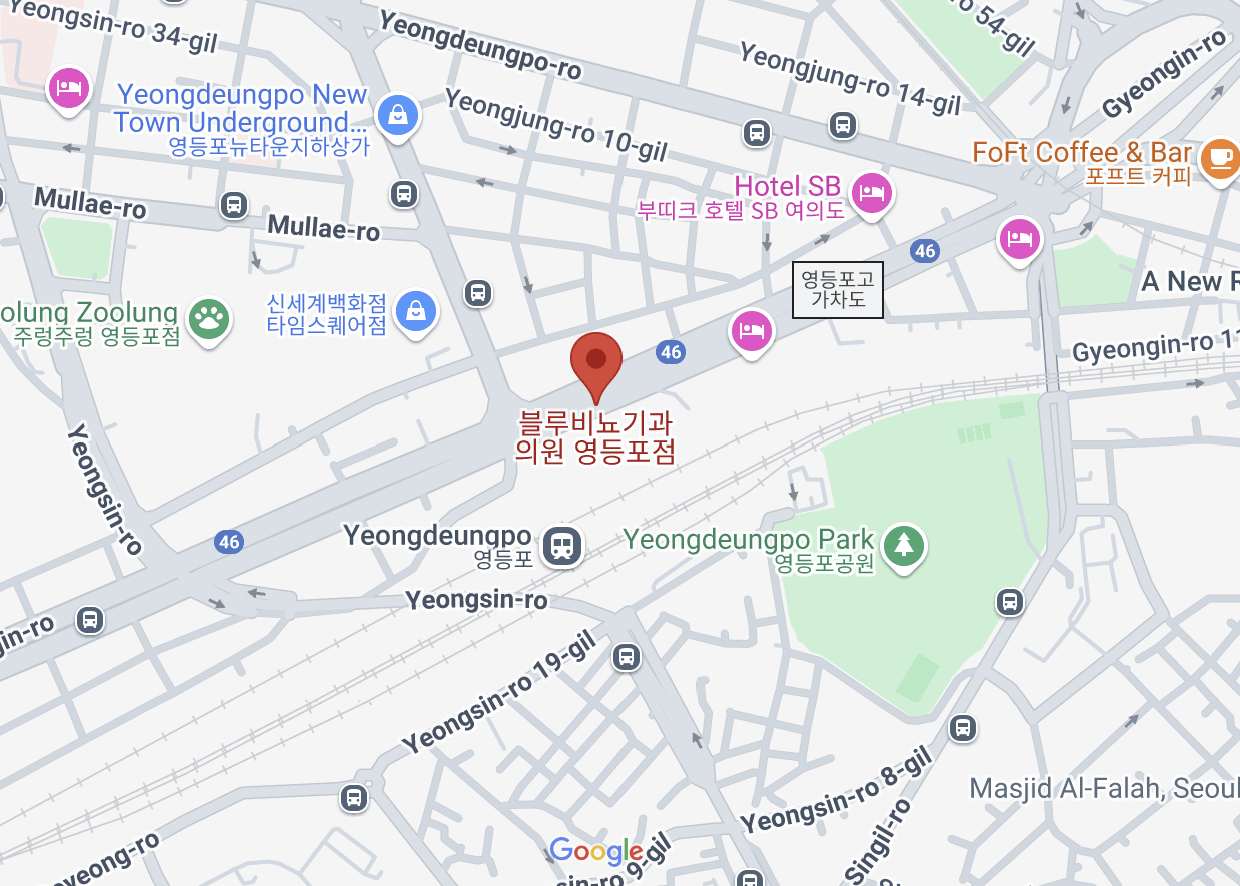Adule Circumcision in Korea
Gangnam, Yeongdeungpo, Yeouido, Jamsil
Circumcision in Korea: A Comprehensive Guide for Adults and Children
Circumcision, the surgical removal of the foreskin from the penis, is a procedure steeped in cultural, religious, and health considerations. In South Korea, its history is unique, with a high prevalence influenced by post-Korean War American cultural norms, leading it to be widely accepted and openly discussed. If you're considering circumcision in Korea, whether for yourself or a child, here's what you need to know.
Why Do People Get Circumcised in Korea?
While religious reasons drive circumcision in some cultures, in Korea, the decision is often influenced by:
- Hygiene and Cleanliness: This is the most frequently cited reason, with a widespread belief that circumcision improves penile hygiene by preventing the accumulation of foreign substances under the foreskin, thereby reducing the risk of balanitis, adhesions, and urinary tract infections.
- Social Norms and Peer Pressure: Historically, a significant factor has been peer pressure and social expectations, particularly among adolescents and young adults. Uncircumcised males sometimes felt "different" or "shameful" when comparing themselves with others, for example, during military service or in public bathhouses.
- Perceived Health Benefits: While medical consensus varies globally, many Koreans believe it reduces the risk of certain STIs (though scientific evidence is debated on its overall impact on STI transmission) and potentially penile cancer.
- Aesthetics: Some individuals opt for circumcision for cosmetic reasons, preferring the appearance of a circumcised penis.
- Medical Necessity: In cases of phimosis (tight foreskin that cannot be retracted), paraphimosis (retracted foreskin that cannot return to its normal position), chronic infections, or other penile health issues, circumcision becomes medically necessary.
Types of Circumcision Procedures in Korea
Korean clinics offer various methods, emphasizing patient comfort, minimal pain, and quick recovery:
- Traditional Method: Involves using a knife and scissors to remove the foreskin, followed by sutures.
- Laser Circumcision: This is a popular and more advanced technique. A high-temperature laser is used to cut the foreskin, minimizing bleeding, pain, and typically resulting in a quicker procedure and recovery. Clinics like Yonsei S Urology Clinic and GoldMan Urology Clinic specifically highlight their use of laser technology.
- Sleeve Circumcision: This method focuses on removing only the necessary amount of foreskin while preserving as much skin and size as possible. It aims for shorter incisions, less pain, and faster healing, minimizing damage to blood vessels.
- Clamp Devices (for infants/children): While less common for adults, devices like the Gomco clamp or Plastibell are used for infant circumcisions to safely and efficiently remove the foreskin.
Cost of Circumcision in Korea
Korea is known for competitively priced medical procedures. For circumcision, costs can vary based on the clinic, the method used, and whether it's for an adult or an infant.
- General Range (Adults): Typically, the cost for adult circumcision ranges from ₩700,000 to ₩900,000 KRW (approximately $500 to $700 USD as of July 2025).
- Broader Estimates: Some sources suggest a range of $800 to $3,000 USD for adults, including facility fees, anesthesia, and follow-up. Complex cases or those requiring general anesthesia could be higher (up to $5,275 USD).
- Deposit: A deposit of around 10% of the total cost (₩70,000 - ₩90,000 KRW) is often required to secure a procedure date.
These prices are approximate and can vary, so it's always best to get a direct quote from the clinic.
What to Expect: Procedure and Recovery
Circumcision in Korea is generally an outpatient procedure, meaning an overnight stay is not typically required.
The Procedure:
- Consultation: A thorough examination by a urologist to assess suitability and discuss the best method.
- Anesthesia: For adults and teenagers, the procedure is usually performed under local anesthesia, ensuring minimal pain during the operation. For younger children, general anesthesia might be administered.
- Preparation: The genital area is cleaned and disinfected.
- Foreskin Removal: The chosen method (laser, traditional, sleeve) is used to remove the foreskin.
- Suturing/Dressing: The wound is carefully stitched (often with dissolvable sutures for laser procedures) and a sterile dressing or protective bandage is applied.
The surgery typically lasts between 20 minutes to an hour.
Recovery:
- Immediate Post-Op: You might experience some mild pain, swelling, and redness.
- First Few Days: Keep the area clean and follow the doctor's instructions for changing dressings and applying ointments. Wearing loose, comfortable clothing is recommended.
- Healing Time:
- Infants: Usually recover within one week.
- Adults: Superficial wound healing takes up to a week, with complete healing typically within 2 to 3 weeks. Full recovery, including the ability to resume all activities, can take up to 4 to 6 weeks.
- Activity Restrictions: You'll be advised to avoid strenuous activities and sexual intercourse for at least 1 month to allow for proper healing and to prevent complications.
Is Circumcision Right for You?
The decision to undergo circumcision is a personal one, influenced by individual beliefs, health considerations, and cultural background. While it is a routine procedure in Korea with high efficacy rates and low complication rates, it's crucial to have a clear understanding of the benefits, risks, and recovery process. A comprehensive consultation with a qualified urologist in Korea will provide you with all the necessary information to make an informed choice that aligns with your personal needs and preferences.

